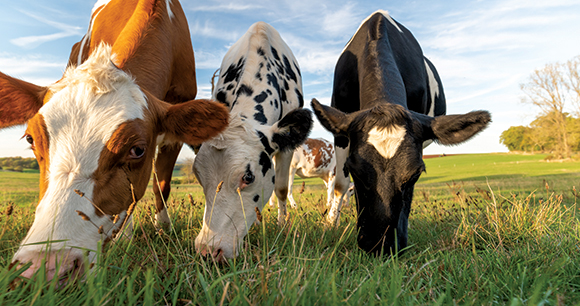AWI has commissioned several surveys over the past 15 years regarding consumer attitudes about animal-raising claims on meat and poultry packaging. In most, including the most recent survey conducted earlier this year, the overwhelming majority of respondents agreed that food producers should not be allowed to use the claim “humanely raised” on meat or poultry product labels unless their animal care standards exceed minimum industry standards. Results also show that most consumers expect “humanely raised” claims to be meaningful, measurable, and verifiable.

Unfortunately, animal care standards associated with “humanely raised” claims often do not align with these expectations. Under US Department of Agriculture labeling guidelines, producers are allowed to claim their animals were “humanely raised” based on their own declared definition of the term. Regarding this and similar claims, producers are merely “strongly encouraged” to obtain third-party certification to verify that they meet meaningful care standards.
In some cases, producers define “humanely raised” simply as “vegetarian fed,” which has no relevance to whether the animals were raised, transported, or slaughtered in ways that minimized suffering or provided opportunities in life to express natural behaviors. In our latest survey, four in five Americans agreed that holistic animal raising claims such as “humanely raised” should not be defined by a single factor such as “vegetarian fed.”
AWI is working to expose labeling practices that essentially amount to “humane washing”—misleading consumers by suggesting animals raised for food were treated humanely when they were not. To learn more about the USDA’s failure to prevent humane washing, see the AWI report Deceptive Consumer Labels. And to make informed decisions when seeking higher-welfare animal products (as well as reliably cruelty-free plant-based options), consult our Consumer’s Guide to Food Labels and Animal Welfare.